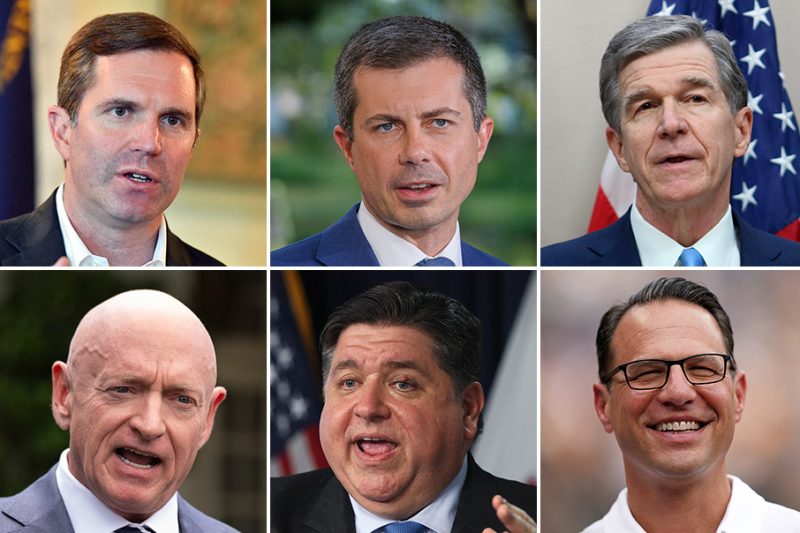
Unpacking the Assumption: Kamala Harris and the VP Choice Dilemma
In recent political discussions surrounding the upcoming U.S. presidential election, the question of who Democratic vice-presidential hopeful Kamala Harris will choose as her running mate has become a topic of considerable interest and speculation. Despite the potential pool of candidates being diverse and inclusive, there is a prevalent assumption that Harris, who is a woman of color, will likely select a white man as her vice-presidential nominee.
This assumption, while troubling, reveals deep-rooted biases and perceptions within our society, particularly in the realm of politics. It reflects the historical lack of representation and systemic bias that has long existed within the political landscape, where white males have traditionally held positions of power and influence. The expectation that Harris must choose a white man as her running mate implies a default setting that perpetuates the status quo and diminishes the importance of diversity and inclusivity in leadership roles.
Furthermore, this assumption highlights the inherent challenges faced by women and people of color in positions of power, where their decisions are often scrutinized and judged through a narrow lens of gender and race. It underscores the persistent double standards and stereotypes that continue to shape our perceptions of leadership and authority, limiting the opportunities for diverse voices to be heard and valued in the political arena.
While Harris has a vast array of qualified candidates to choose from, the pressure and expectation for her to select a white man as her vice-presidential nominee underscores the need for greater awareness and advocacy for diversity and representation in politics. By challenging these assumptions and biases, we can work towards a more equitable and inclusive society where leaders are chosen based on their qualifications, values, and vision, rather than their gender or race.
As we navigate the complexities and uncertainties of the political landscape, it is essential to recognize and address the underlying assumptions and biases that shape our perceptions and expectations. By embracing diversity and inclusivity in leadership, we can create a more just and representative society that reflects the rich tapestry of voices and experiences that make up our nation. The choice of vice-presidential nominee is a critical decision for Harris, one that has the potential to challenge ingrained biases and pave the way for a more inclusive and equitable future.
